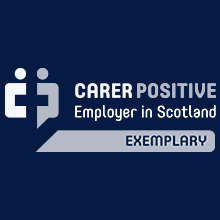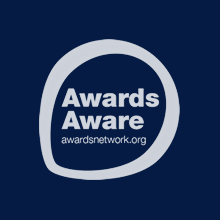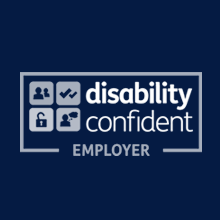Information
Raynaud’s Phenomenon (RP) is an episodic response to cold or emotional stress which causes colour change and symptoms including numbness, pain and tingling in the extremities1.
There is a history of clearly demarcated pallor of the digit(s) followed by at least one other colour change (cyanosis or erythema).
Arrange immediate admission via on-call Rheumatology team (registrar available via switchboard) if there is severe ischaemia of one or more digits i.e. gangrene or ulceration – this is an emergency and warrants urgent treatment with Vasodilation e.g. Iloprost.
Colour changes typically start at the tip of the finger then spread downwards or to more digits.
The classic triphasic colour change may not always be present but blanching must occur for a diagnosis of Raynaud’s phenomenon to be made.
Extremities other than the digits may be affected such as the tip of the nose, ear lobes, tongue and nipples.
It can be classified as Primary or Secondary.
Primary Raynaud’s is due to functional changes in blood vessels and does not lead to tissue damage or long-term harm3. It is not associated with another condition.
Secondary Raynaud’s, often caused by another condition such as connective tissue disease (CTD), can lead to tissue loss, digital ulcers and gangrene. It is characterised by specific nailfold capillaroscopy (NFC) abnormalities and autoantibody formation4-6, which are associated with higher risk of progression to develop a CTD7,8.
M.A. & J.H. 04-06-24
Who can refer:
GPs, Other hospital consultants, AHPs such as OTs
Who to refer:
Anyone with suspected Secondary Raynaud’s i.e. a patient who has features suggestive of a connective tissue disorder (alopecia, mouth ulcers, fatigue, joint pain/stiffness/swelling, parotitis, rash, digital ulceration/pitting) or autoantibody positivity (ANA 1:80 or higher, or dsDNA/ENA positive – Please see Connective Tissue Disease (ANA) Testing – RefHelp
All children < 12 years with Raynaud’s as per NICE guidelines.
Patients with Raynaud’s in whom symptoms are worsening, severe or unresponsive to standard treatment.
Who not to refer:
Children > 12 years of age with Primary Raynaud’s i.e. ANA negative with no features to suggest an associated connective tissue disorder.
How to refer:
SCI gateway (Royal Hospital for Children and Young People > Rheumatology)
- If a drug may be causing or exacerbating the Raynaud’s phenomenon, review the need for it and consider stopping only if felt appropriate following discussion with prescriber.
- Advise the following lifestyle measures for all people with Raynaud’s phenomenon (see Raynaud’s advice sheet in Appendix):
- Keep the whole body (including the hands and feet) warm:
- Avoid sudden temperature changes.
- Do not allow the hands and feet to get cold.
- Wear gloves and warm footwear in cold environments.
- Consider using hand and foot warming devices — information available from the SRUK website.
- Avoid or stop smoking or vaping
- Try to minimize stress if this is a trigger.
- Exercise regularly.
- Keep the whole body (including the hands and feet) warm:
- Provide patient information on Raynaud’s phenomenon such as:
- If lifestyle measures fail and symptoms are having a significant negative impact, consider a trial of nifedipine as prophylaxis.
- The decision to treat should be determined by the frequency and severity of attacks and the person’s preference.
- For young people aged 13 to 17 years, seek specialist advice via General Paediatrics or Paediatric Rheumatology regarding treatment.
- Options include calcium channel blockers and topical GTN patches among others.













